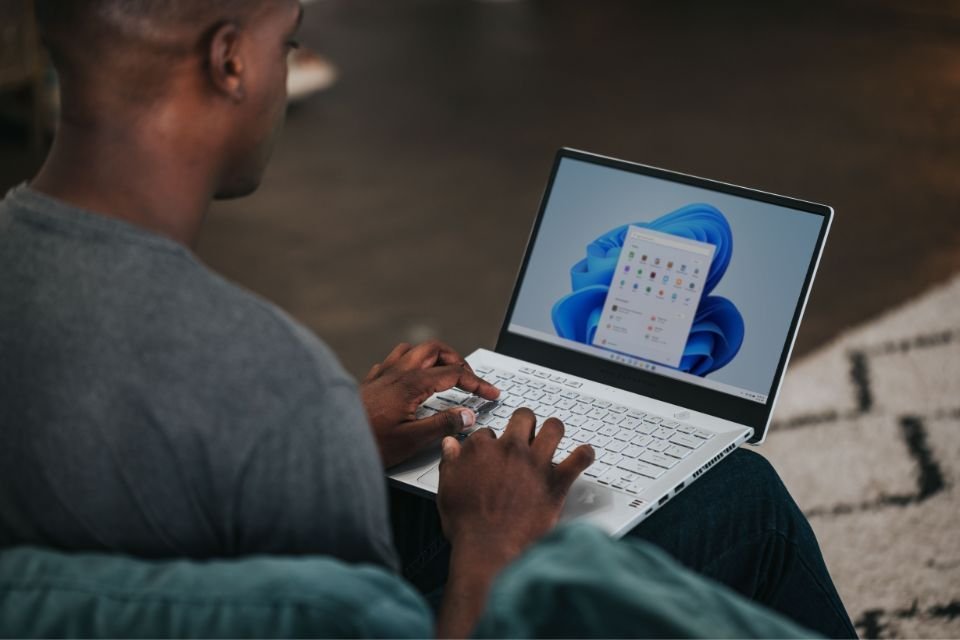Windows is a ubiquitous presence in the world of personal computing. Whether it’s on desktop computers, laptops, or tablets, it’s hard to escape the influence of the operating system (OS). But do you know the history and dozens of versions of Windows?
Continue reading to Explore the world created by Microsoftfrom the origins, evolution and comparison with other operating systems so that you can better understand the main features of Windows!
What is the Windows operating system?
Windows is a series of multitasking operating systems developed by Microsoft, a company founded in 1975 by Bill Gates and Paul Allen in the USA that will become The second most valuable project in the world in 2022.
The basic functions of Windows are:
- interpretation of user commands;
- control peripherals such as keyboard, printer, and mouse;
- Organizing files on disk.
The ultimate goal is Provide a simplified and accessible user experience to usersthrough attractive and intuitive interfaces, as well as efficient and fast software integration.
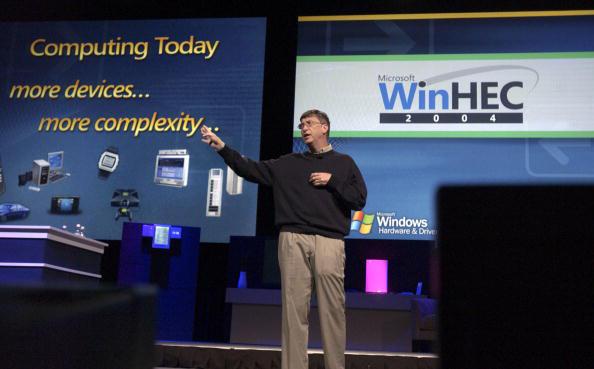
Windows has done a very good job of this task: it is considered the leader in the software market in terms of revenue, and is consolidating itself as a global reference in this segment.
The so-called Windows family consists of a variety of products designed to improve the performance of the company’s operating systems.
Among them, Windows Live, Windows Media Center and Windows Media Player stand out, each of which has specific and integrated functions.
What are all Windows operating systems?
Since its debut in November 1985, Microsoft Windows has evolved over the years with its many releases of improvements and innovative features. Let’s get to know each of them a little:
1. Windows 1.0 (1985)
It was Windows’ first appearance as a graphical interface to MS-DOS, offering features such as using a mouse, text editor, calendar, and games.
2. Windows 2.0 (1987)
Memory expansion was introduced, providing better multitasking performance and an interface with nested windows. Introduce applications such as Excel (spreadsheet editor) and Word (document editor).
3. Windows 3.0 (1990)
Considered Microsoft’s first major commercial success, it introduced improvements in performance and graphics capacity, with virtual memory and support for VGA cards.
4. Windows NT (1993)
Windows NT, released for shared use, servers, and workstations, offered greater stability and security.
5. Windows 95 (1995)
Highlighted by the iconic Start menu, Windows 95 introduced a 32-bit environment, toolbars, multitasking support, and Revolutionary “plug and play” system To automatically detect and install the device.
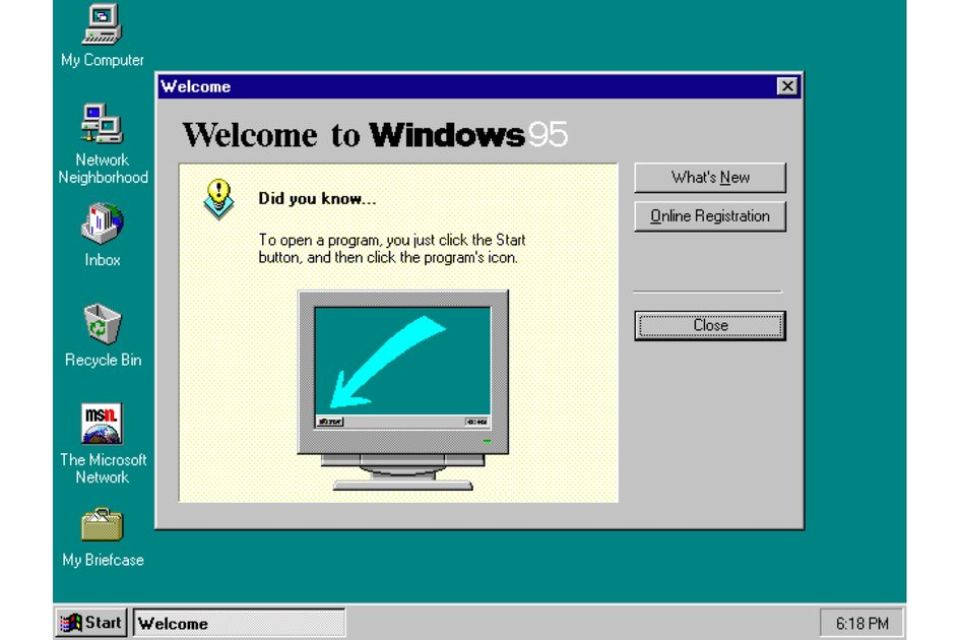
6. Windows 98 (1998)
Although it faced initial criticism for performance issues, the second edition (Windows 98 SE) resolved many of the problems. It has integrated Internet Explorer, bringing multimedia features and navigation improvements.
7. Windows ME (2000)
Windows Millennium Edition combines personal and professional features, enhancing multimedia and connectivity with Introduction to Windows Movie Maker and Universal Plug and Play.
8. Windows 2000
Based on Windows NT, it was a solid foundation for the development of Windows XP. Introduce features such as hibernation functionality.
9. Windows XP (2001)
Considered one of Microsoft’s most enduring operating systems, Windows XP is a unified operating system for business and home.

Compact CD ripping, automatic media playback, and improved readability on LCD screens were introduced with ClearType functionality.
10. Windows Vista (2007)
It features a new user interface called Windows Aero, and Windows Vista focused on security It brought features like Windows Media Player 11, Internet Explorer 7 and multimedia improvements.
11. Windows 7 (2009)
Users praised Windows 7. It introduced features such as handwriting recognition and automatic window size adjustment. This version remains active on more than 17% of devices worldwide.
12. Windows Phone (2010)
Launched as an operating system for mobile devices, Windows Phone has brought the knowledge of Windows software to smartphones. Despite this, it was unsuccessful in the market dispute against iOS and Android, which prompted Microsoft to discontinue it in 2017.
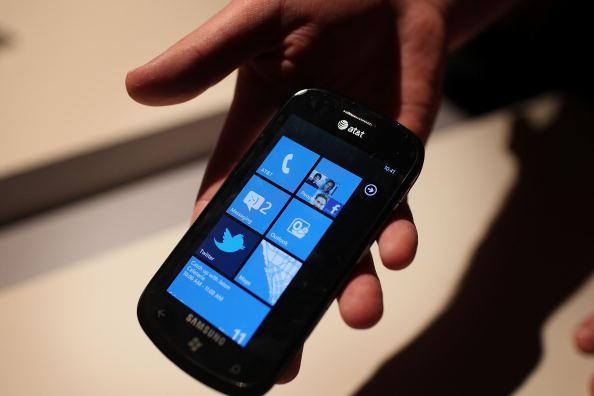
13. Windows 8 (2012)
Windows 8 saw a major change in the look and feel of the operating system, driven by the arrival of touchscreen devices. The abolition of the Start menu and the adoption of Tile brought a new user experience. This version supported USB 3.0 and introduced the Windows Store.
14. Windows 10 (2014)
Windows 10 is one of the most used operating systems, it powers more than 66% of today’s PCs.
With the Start menu back and the focus on the desktop, the Windows 10 Unified Windows systems across different devices, such as tablets. We should also mention the introduction of the virtual assistant called Cortana.
What is the latest operating system in the Windows family?
The long-awaited Windows 11 was launched in October 2021. While it retains some similarities with its predecessor, Windows 11 surprises with improved features such as more intuitive window modification and a new grouping system.
One interesting feature is “Link to Microsoft Mobile,” which allows iPhone and Android users to view notifications, read messages, and make calls directly from their computer.

Windows 11 also offers a setup wizard, easy desktop setup and customization, and global search with personalized results in files, emails, and the web.
In May 2023, Microsoft announced the long-awaited update for W11, called Moment 3. It not only provides performance fixes, but also improves the user experience with:
- expanded view of widgets;
- new options in the Settings app;
- and battery saving mode with Bluetooth enabled.
What is the difference between Windows and other operating systems?
It was Windows The most used operating system since the 90’s. According to a 2022 ranking by StatCounter, a data company focused on digital technology, the breakdown of the most used operating systems on the market is as follows:
- windows – 74.73%;
- mac – 14.4%;
- Linux – 2.81%;
- Chrome OS – 1.86%;
- FreeBSD – 0.01%;
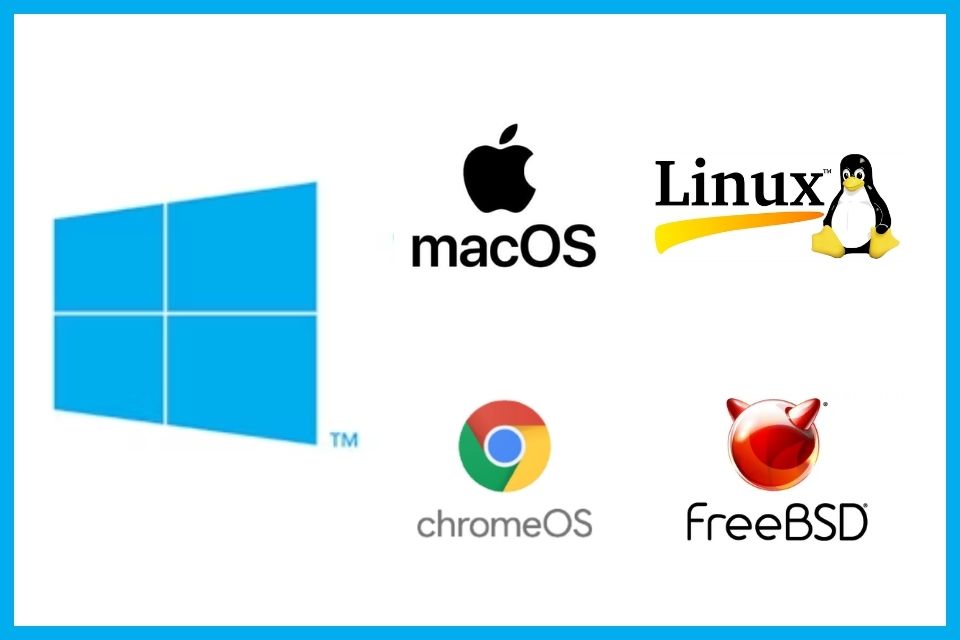
To be objective in our analysis, let’s understand the main differences between the first three in order: Windows, macOS (developed by Apple), and Linux (created by Linus Torvalds). paying off:
License to use
Windows is licensed for use by any manufacturer on their hardware, providing flexibility of use. On the other hand, macOS is exclusive to Apple-branded devices such as the MacBook, iMac, and Mac Mini.
On the other hand, Linux is an open source and free operating system, which means that it can be used by anyone without any cost. Its open nature allows programmers to add elements or make changes to the system.
user interface
Windows, macOS, and Linux have different approaches to the interface. While Windows stands out for its flexibility and customization, Windows macOS delivers a streamlined and seamless experience across Apple devices.
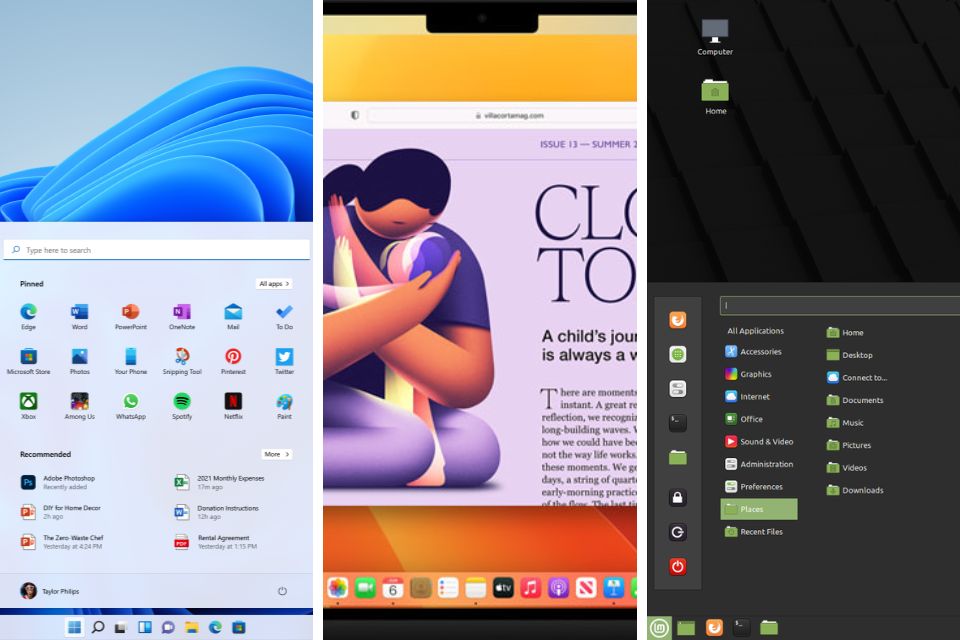
Linux offers freedom of choice and customization with more traditional interfaces, such as GNOME and KDE, and even lighter options, such as Xfce and LXDE.
User support
Microsoft and Apple both officially support their operating systems, however Linux is based solely on user communities and forums To find bug fixes and share information.
Remember that the choice between the three operating systems depends on the individual preferences and needs of each user!
Windows’ popularity and global presence is a reflection of its quality and adaptability to the needs of modern users who value advanced technology, intuitive ease of use, and a wide range of integrated programs.
Did you like the content? Learn more about the Microsoft digital ecosystem with TecMundo. Here, we teach you the best hacks for using Windows, and how to prevent hidden Windows apps from running on startup. Make sure to check it out!

“Coffee trailblazer. Social media ninja. Unapologetic web guru. Friendly music fan. Alcohol fanatic.”

